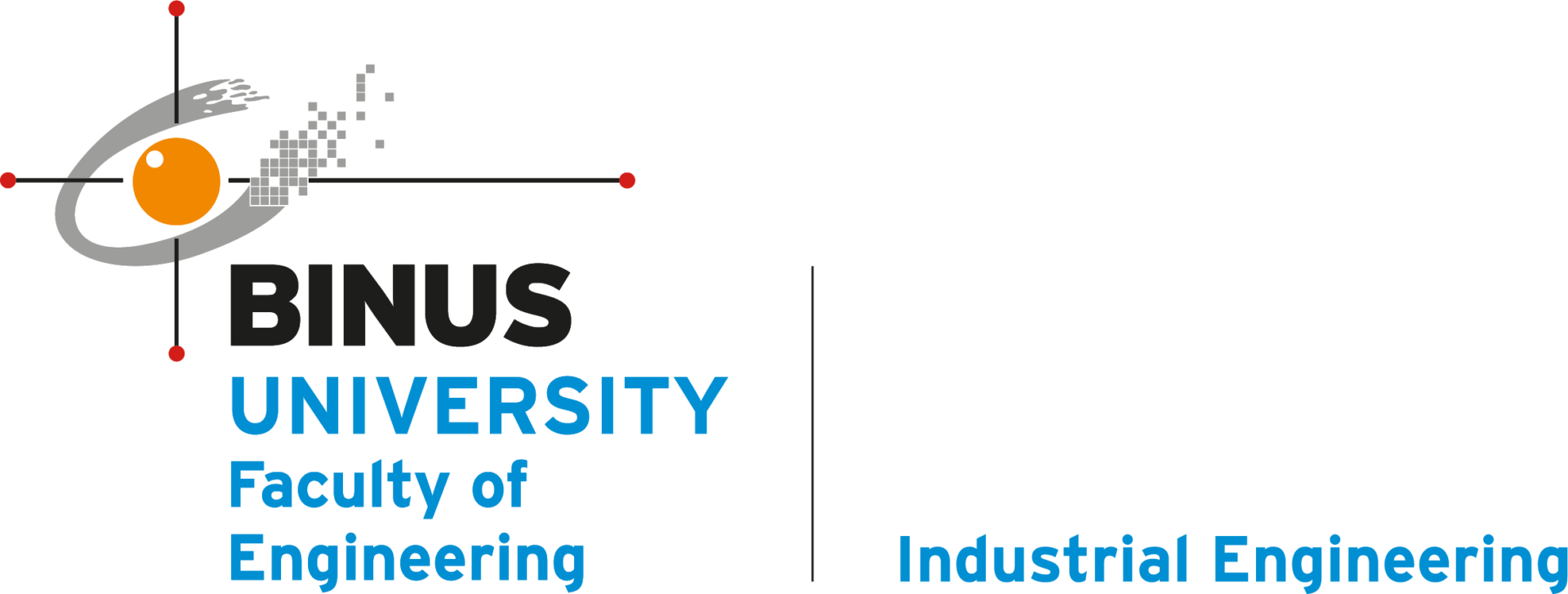For work study, let’s go to the video
 https://pixabay.com/id/dslr-kamera-digital-fotografi-2716720/
https://pixabay.com/id/dslr-kamera-digital-fotografi-2716720/
ISE Magazine –Volume: 49, Number: 08
By Adrienne J. Dickerson and Larry Aft
Digital technology adds improvement to century-old measurement tool
Although time studies have been used for more than 100 years, the advances in digital recording technology offer some opportunities to improve upon the accuracy of this valuable measurement system.Time standards, work standards – or just standards – are critical pieces of management information that apply to all kinds of work, including healthcare, manufacturing, assembly and clerical. Standards provide information essential for the successful operation of an organization.
“Time study is the analysis of a given operation to determine the elements of work required to perform it, the order in which these elements occur, and the times which are required to perform them effectively.” The classic method includes the following steps:
- Observe the task in order to determine the content of the work.
- Identify beginning and ending points for the task.
- Time the task with a stopwatch in order to measure the time required to complete the job.
- Determine the performance rate or level of the performance of the worker(s) being studied.
- Applying the allowances identifies the procedure of adding time for certain items of work and delays that are not directly related to production assignments.
- After data is collected, the standard is computed.
- After the standards are developed, they must be maintained.
The new era
Traditionally, time standards were set using a qualified analyst and a stopwatch. Recently, this has been supplanted in large part with computer-based systems paired with mobile devices. The applications and functionality continue to evolve.
Quetech’s products are designed for performing virtually any type of time study or sampling study, making the data collection process easier, more standardized and more accurate. Using Quetech’s WorkStudy+ software to record timing and sampling data electronically means having immediate access to statistical results of the study and eliminating all manual data entry tasks on the back end. WorkStudy+ able to handle even the most challenging types of studies containing thousands of elements, short cycle times or complex notetaking.
EASE Work Measurement software and EASE Universal Standard Data was developed out of MTM2 (methods-time measurement) data. EASE groups MTM2 elements into rolled-up, plain English language elements. The EASE system requires use of EASE’s process planning software to analyze a video of the task and then pick or search the appropriate elements with the EASE activity folders. EASE technology includes the availability of a client server, web-based or SaaS labor standards software application.
ISampler iPhone App, automates all aspects of work sampling. A new work sampling study can be set up with just a few taps – name of study, time and days, start and end date, activity template, MTBB (mean time between beeps).
Let’s go to the video
Video recently has entered the process. Organizations are seeing the value in establishing a permanent record of the task as it was being performed when the standard is set. Any question about work method can be determined by reviewing the video.
Times can be collected during the initial observation/video session, or engineers can collect times from the video later. Static video, i.e., from a tripod or otherwise mounted camera, is best as motion of the camera can be distracting and make accuracy more difficult. There are a variety of mounting options for small cameras and even adjustable tripods for cell phones.
Recording plusses and minuses
Video offers many benefits that increase the flexibility of time studies. With video, we gain the ability to add “instant replay” to our repertoire. Engineers can review discrepancies and verify times if needed. Having the option of watching video again also allows the engineer to collect multiple sets of data on the same process observation, such as times and activity counts. Engineers also can study the same process observation from different angles, and they have the potential to expand scope later in the project without needing additional time studies. Another benefit is the ability for practically unlimited people to view the process. In a live study you are limited by space, but a good video allows unlimited viewing and study.
Video also gives us the ability to calibrate multiple engineers for a time study using the same data sample. Study subjects/operators can review the video for a greater understanding of the time study process, their contribution and the opportunity to provide feedback or insight. And video time-stamps allow quick access to specific tasks for reference or study.

Comments :